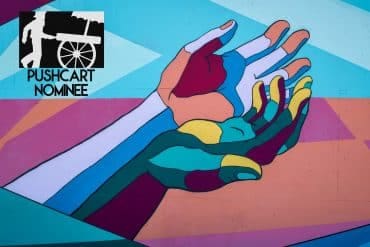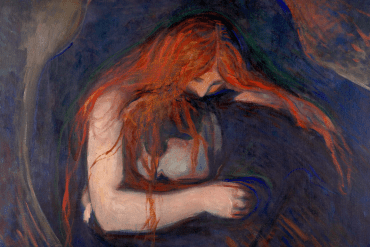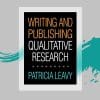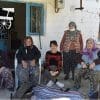Zona, Mon Amour: A Micro-autoethnography of a Rare Disease
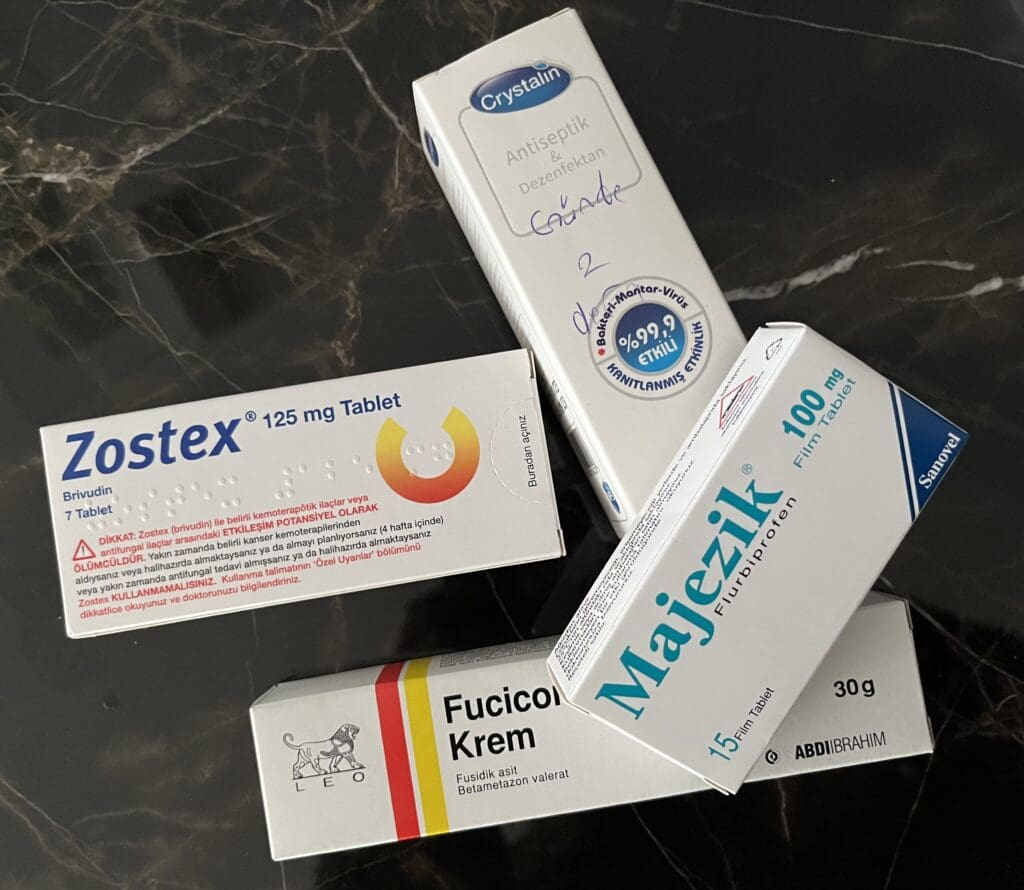
“I meet you. I remember you. Who are you? You’re destroying me. You’re good for me.”
Marguerite Duras, Hiroshima Mon Amour
Zona[1]. I have always thought that names of diseases sound so beautiful.
I had chicken pox (varicella) virus as a child. This disease is called suçiçeği in Turkish. Look at the beauty of its name: suçiçeği –in Turkish it is water/aquatic flower. This virus has been living with me in my body since my childhood. It decided to activate (due to internal/external earthquakes[2]) last week while it was quietly living in my nervous tissue. It will continue to live with me even if I recover (I will recover according to modern medicine). Well done.
I have four medications. One of them is Majezik to relieve the acute pain. I can take only two in a day. Thanks to it, I can make my partly transfer to heaven. My dermatologist told me that she can prescribe me Lyrica which normally sell with a special prescription from the doctor. Because I know it is a medicine also used for epilepsy treatment. Therefore, I did not want it. They sound like the names of a very handsome man and a very attractive woman: Majezik and Lyrica, Eiji Okada and Emmanuella Riva, les amoureux in Hiroshima mon amour.
After a week, I could not sleep last night either. Nevertheless, this time I did not have that much pain indeed. Only inflammatory itching… I am grateful even to this after a lot of pain that lasted for a couple of days.
At the very beginning of my academic career -when I was a very young research assistant- when I came back home from work, I always thought that I was torn apart in the jungle by the wild animals during the day, licked my wounds in my beloved Erdal’s arms till morning, gathered my strength and went back to the same jungle again next day. After all, I felt exactly like that.
This is the thirtieth year of my academic life. My childhood virus lives together with me. And my body is always creating zona by manifesting itself in many different ways. Doctors can only diagnose it when they see the visible red blisters.
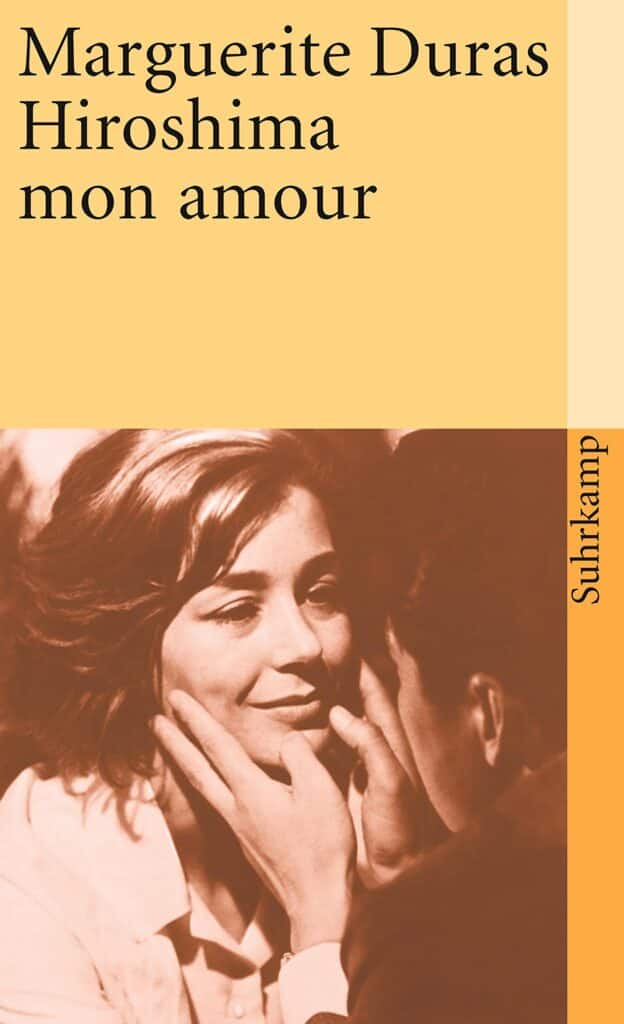
[1] Zona is also called shingles in English. Chicken pox (varicella) virus causes zona.
[2] On February 6, 2023, there were two major earthquakes in Turkey that resulted in the death of thousands of people.
Credits
The text is translated by Dilek İşler Hayırlı from Turkish.
Image of her medications by Serpil Aygun Cengiz
Hiroshima Mon Amour Book cover from Amazon.com
Learn More
New to autoethnography? Firstly, please visit What Is Autoethnography? How Can I Learn More? to learn about autoethnographic writing and expressive arts. Interested in contributing? Secondly, please also view our editorial board’s What Do Editors Look for?. Check out our Submissions page. Thirdly, view Our Team in order to learn about our editorial board. Additionally, please see our Work with Us page to learn about volunteering at The AutoEthnographer. Finally, if a student or teacher, then visit Scholarships to learn about our annual student scholarship competition.




